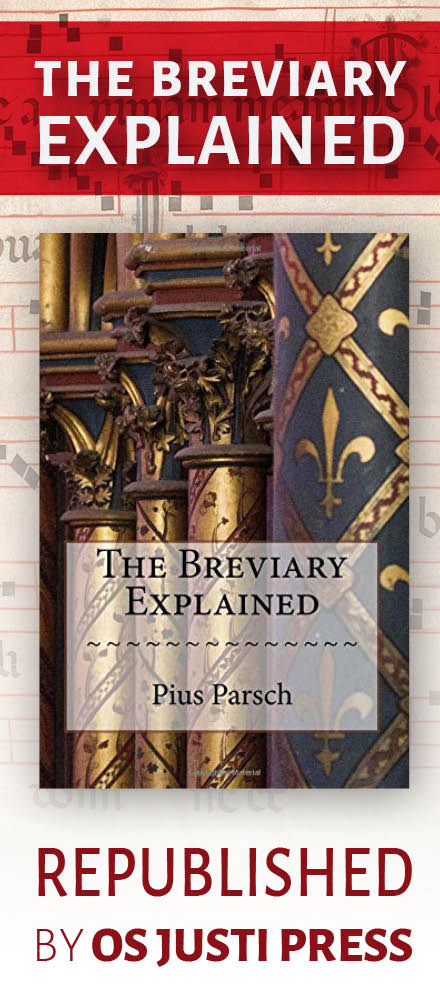Diane Silva, formerly of Ave Maria University, has written to let me know about a unique opportunity for those wishing to study Gregorian Chant in Solesmes this summer. She writes:
Dear Friends and Colleagues,
I'm happy to announce the sixth annual Advanced Gregorian Chant Week in Solesmes! This year the organization will be somewhat less formal. Arrangements for travel, housing, eating, applying and paying tuition are do-it-yourself this time.
Where:
Abbey St. Pierre, Solesmes, France
Instructor: Dom Daniel Saulnier, OSB, Director of Paleography at the Abbey and Instructor of Gregorian Chant at the Pontifical Institute of Sacred Music in Rome
Dates:
Class will begin on Monday, July 20, 2009 and finish on Friday afternoon, July 24.
Cost: 200 Euros, cash, payable directly to Fr. Saulnier. 100 Euros for students or religious.
The course is for advanced students only. No beginners, please. You should be be familiar with and experienced in Gregorian chant, its notation and repertoire, liturgical Latin, and you must be able to sight sing.
Language: The course is taught in English, but Fr. Saulnier is multi-lingual, and I have heard him answer questions in French, Italian, or Spanish, as needed.
What do I do next? If you are interested in attending the Advanced Gregorian Chant Week in Solesmes, please contact Fr. Saulnier directly.
Housing:
Men may stay at the Abbey guesthouse, where meals are also provided. Contact: Père Hôtelier at: hospesol@free.fr
Women: There is a hotel (Grand Hotel) right across the street from the abbey (rather pricey) or you can stay in one of the houses in the village or one owned by the monks--Contact: Père Hôtelier at: hospesol@free.fr. You will be responsible for your own meals. There is a bakery a half-block from the abbey, and a creperie next to the hotel (open and closed on a schedule I've never figured out). The hotel has a restaurant. There is a large store (like a super Walmart, called E Leclerk) about a five minute taxi ride away, or there's a grocery store in the nearby town of Sable sur Sarthe.
Note: Père Hôtelier speaks French. I write to him in English and he answers in French. So far, that has worked. If you don't understand French, get a friend who does, or check out the Language Tools on Google.
How to get there from Paris: Take the train to Sable sur Sarthe. Take a taxi to the abbey in Solesmes or walk (about an hour)
For more information on Solesmes and the abbey, go to: http://www.solesmes.com
Although the organization this year is do--it-yourself, I'll be happy to answer questions and be of some assistance. Please contact me by email.
Bon Voyage!
Diana Silva




















